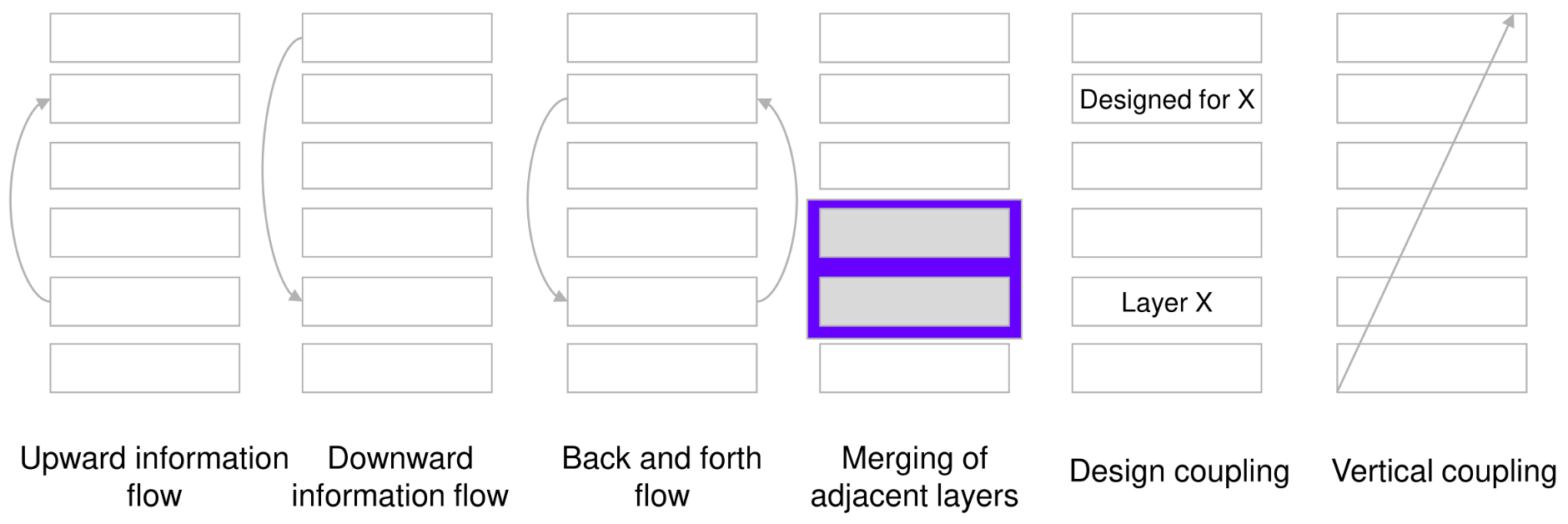MOBILE MIDDLEWARE PRINCIPLES
Mobile middleware follow different sets of principles that comes with the multiple environments where a mobile nodes needs to operate
INTERNET PRINCIPLES
End-to-End Principle
The opportunity to maintain state and intelligence only on network borders (edges). Today in real scenarios this principle is violated frequently: firewalls, Network Address Traversal,caches for Web content.
Robustness Principle
Be conservative in what you do, be liberal in what you accept from others
When developing internet capable applications, respect RFC’s standards but be able to process information that does not respect them.
WEB PRINCIPLES
Web principles follow the guidelines of the ones at the basis of the underlying TCP/IP stack
Simplicity, modularity, decentralization, and robustness
In particular processes that access, manipulate or represent data should follow this principles
State management
Usage of the many techniques developed in web scenarios to manage the state storage and representation and the stateful interactions (e.g. REST interfaces)
SoA PRINCIPLES
Service Oriented Architecture (SOA)
Develop software architectures structured around business process where the components are minimal and loosely coupled in order to be interchangeable and exploits:
- Re-usability
- granularity
- modularity
- possibility of dynamic composition
- component-based organization
- interoperability
CROSS LAYERING PRINCIPLE
Handle request for the high level components to interact with lower parts of the stack in different ways
Upward info flow
with info propagated from lower to higher layers, in opposite to classical principles for layered architectures
Downward info flow
with info propagated from higher to lower layers, typically to configure lower-layer parameters and settings
Back-and-forth info flow
with info propagated in both directions
Merging of adjacent layers
allows the combination of different adjacent layers into a single super-layer
Coupling
with no addition of new interfaces. Two or more layers are coupled at design time in a finalized way, with no possibility of maintaining independency/abstraction from lower layer
Vertical calibration
Usually to achieve layers-joint optimization of the configuration of parameters (joint tuning) and to obtain better overall performance
